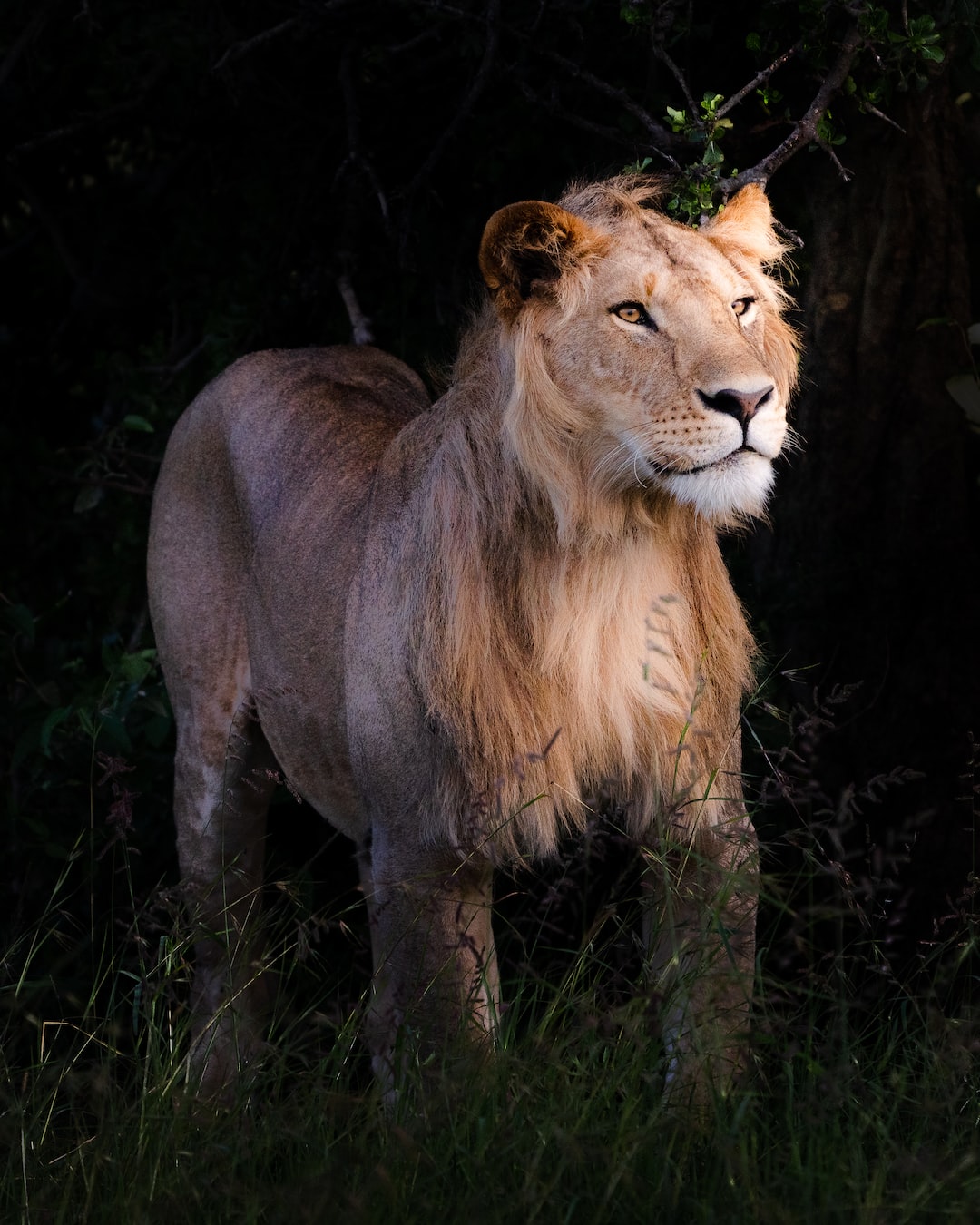Deserts are extremely harsh environments, characterized by extremely high temperatures, scarce water resources, and arid conditions. Despite these challenging conditions, a wide range of animals have adapted to survive in these hostile landscapes. From the bizarre and intriguing physical and behavioral adaptations to the extraordinary camouflage techniques, desert animals have evolved to thrive in one of the most inhospitable environments on earth.
One of the key adaptations of desert animals is their ability to conserve water. The most demonstrable example of this technique can be observed in camels. Camels have the remarkable ability to consume massive amounts of water at one time and then store it in their humps for extended periods of time. This stored water helps camels survive for days, even weeks, without water, a crucial advantage in the harsh desert environment.
Another common technique is nocturnal activity. In the day time, temperatures in the desert can reach up to 120 Fahrenheit, and the scorching sun can be unbearable for many desert animals. By staying active only during the cooler hours of the night, animals like scorpions, snakes, and foxes can avoid the heat of the day and conserve vital energy.
Physical adaptations are equally important for the survival of desert animals. For example, some reptiles such as the horned lizard have adapted to blend into their sandy surroundings to avoid predators. In contrast, birds like the horned lark have evolved lighter bodies and longer legs to endure the hot sands and to travel longer distances. Similarly, animals like the fennec fox have oversized ears that not only act as heat radiators to cool their body but also help in their hunting with acute hearing abilities.
Many insects in the desert have remarkable adaptations as well. The cactus fly, a type of fruit fly, lays its eggs in the thorny cactus plant. The thick, sturdy nature of the cactus provides excellent protection for the larvae, while the green color of the cactus provides an excellent camouflage cover. Some insects like desert ants have coevolved with the desert environment and will provide the shortest distance between their burrow and food. They also have specialized eyes, which can sense the polarization of sunlight and can help them navigate back to the burrow.
In summary, the adaptation of desert animals has been enormous and imaginative; they develop mechanisms that allow them to endure the harshest conditions with seemingly relative ease. These adaptations help them not just survive but thrive in this hostile environment. In the end, the adaptations of desert animals highlight the resilience and ingenuity of nature, and remind us that nothing is impossible in the world of wildlife.

